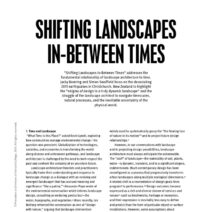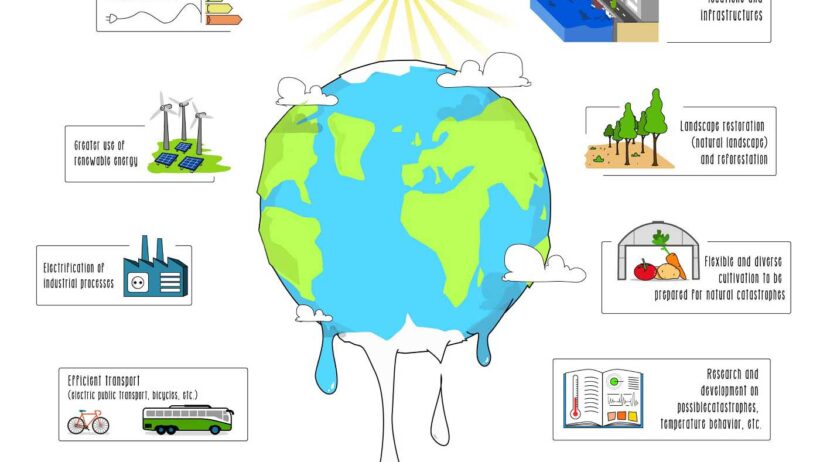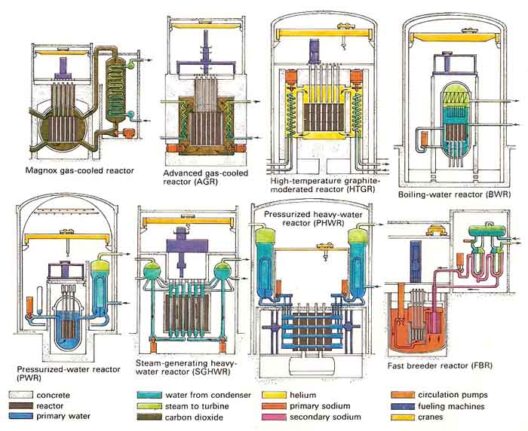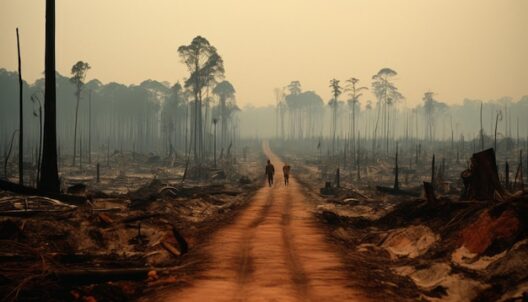In a world increasingly besieged by the effects of climate change, the term “climate adaptation” emerges prominently in dialogues about environmental policy and sustainable living. This multifaceted concept refers to the process of adjusting to actual or expected climate and its effects. Such adaptation is not merely a matter of survival; it is an opportunity for communities, ecosystems, and economies to thrive in a shifting paradigm. Despite its criticality, climate adaptation often eludes comprehensive understanding. It beckons a closer examination into its mechanisms, significance, and the inherent challenges that accompany it.
At its core, climate adaptation involves a divergence from reactive measures—those that merely aim to combat the adverse effects of climate change—toward proactive strategies that incorporate resilience and sustainability into planning frameworks. The recognition of climate change as a persistent and evolving phenomenon necessitates a paradigm shift in how societies approach their environments. With temperatures rising, sea levels climbing, and extreme weather events becoming increasingly ubiquitous, the imperative for making smart, informed adjustments is clear.
For many, climate adaptation may evoke images of fortified infrastructure and advanced agricultural techniques. However, it encompasses a much broader spectrum. From enhancing water resource management to embracing biodiversity, the application of adaptive strategies can take many forms. A salient example of this is the adoption of climate-resilient crops that can withstand altered weather patterns. Farmers who integrate such methods exemplify a forward-thinking approach to particularly volatile conditions, thereby safeguarding food security for future generations.
Moreover, urban environments often bear the brunt of climate-related disruptions. Cities worldwide are reimagining their landscapes through green infrastructure—such as permeable pavements and urban forests—to mitigate flood risks. This not only curtails the impacts of heavy rainfall but also enhances urban biodiversity, demonstrating an intersection between adaptation and ecological stewardship. As cities morph into hubs of innovation, their planning must prioritize resilience to social inequities exacerbated by climate unpredictability.
Despite its potential to foster resilience, the journey toward effective climate adaptation is fraught with complexities. Communities must grapple with socioeconomic disparities that exacerbate vulnerability. Marginalized groups often lack the resources or political clout necessary to enact adaptation strategies. Therefore, any implementation must be inclusive, engaging local stakeholders and ensuring equitable access to adaptive technologies and methodologies. This necessitates a paradigm of participatory governance that empowers individuals and communities to play active roles in shaping their adaptive futures.
Furthermore, the concept of time creates additional layers of complexity. Climate adaptation is inherently a long-term endeavor, necessitating forecasts and projections that stretch beyond typical political cycles. In many regions, political inertia stymies necessary investment in infrastructure and innovation. Policymakers must embrace a visionary approach, prioritizing adaptation measures that may not yield immediate results but are crucial for long-term ecological and social stability.
Interestingly, climate adaptation also prompts philosophical reflections about our relationship with nature. Human beings have long tried to dominate and control natural systems. However, the realities of climate change imply a recalibration of this relationship—one that recognizes the necessity of cohabitation within the limits of natural ecosystems. By fostering a mindset that values resilience and biodiversity, societies can devise strategies that not only protect but also honor the complex tapestry of life that surrounds us.
Water scarcity offers another poignant arena for adaptation. As drought conditions escalate, the necessity for efficient water management systems becomes paramount. Innovative approaches such as rainwater harvesting, graywater recycling, and desalination are increasingly vital. Implementing these systems requires substantial investment and technological advancements. Still, the payoff—a more sustainable interaction with our most precious resource—carries significant implications for survival.
In terms of coastal adaptation, the stakes are equally high. As sea levels rise, modifications to coastal habitats are imperative to mitigate erosion, safeguard infrastructure, and support biodiversity. This includes the restoration of natural buffers such as mangroves and wetlands, which serve critical ecological functions while also acting as natural defenses against storm surges. Coastal communities often face the dual challenge of fortifying against external threats while managing the delicate balance of ecosystem health.
Importantly, the notion of climate adaptation is interconnected with mitigation. While adaptation strategies aim to adjust to the consequences of climate change, they are bolstered by mitigation efforts that seek to reduce greenhouse gas emissions. This dual approach creates a holistic framework for addressing climate change, where adaptation and mitigation bolster one another to create a sustainable future.
In closing, climate adaptation is not merely about surviving the immediate challenges posed by climate change; it is a transformative approach to living and thriving alongside a changing planet. It necessitates foresight, inclusivity, and creative solutions. While this journey is fraught with challenges—from socioeconomic disparities to political inertia—the potential rewards are limitless. Engaging with climate adaptation requires an acknowledgment of our intricate interdependence with the environment, fostering not just resilience but a renewed respect for the natural world. As we face an uncertain future, the commitment to climate adaptation emerges as a pivotal pillar in our collective journey toward sustainability, viability, and equity.








